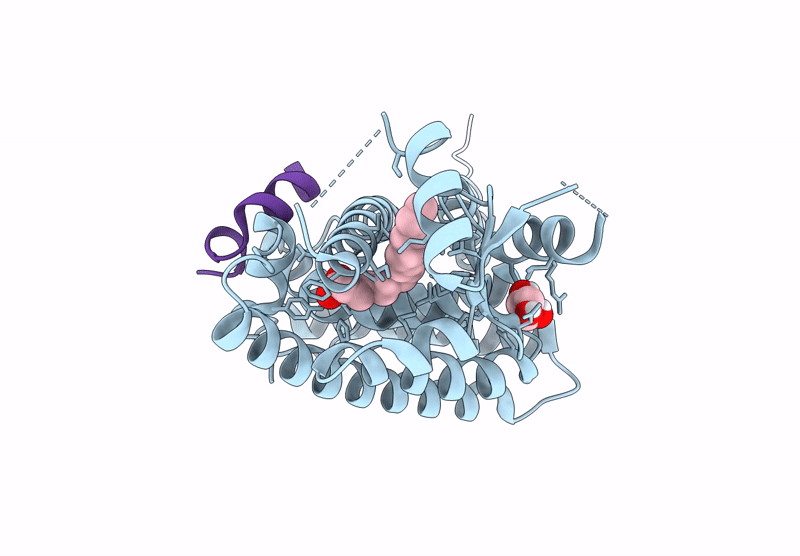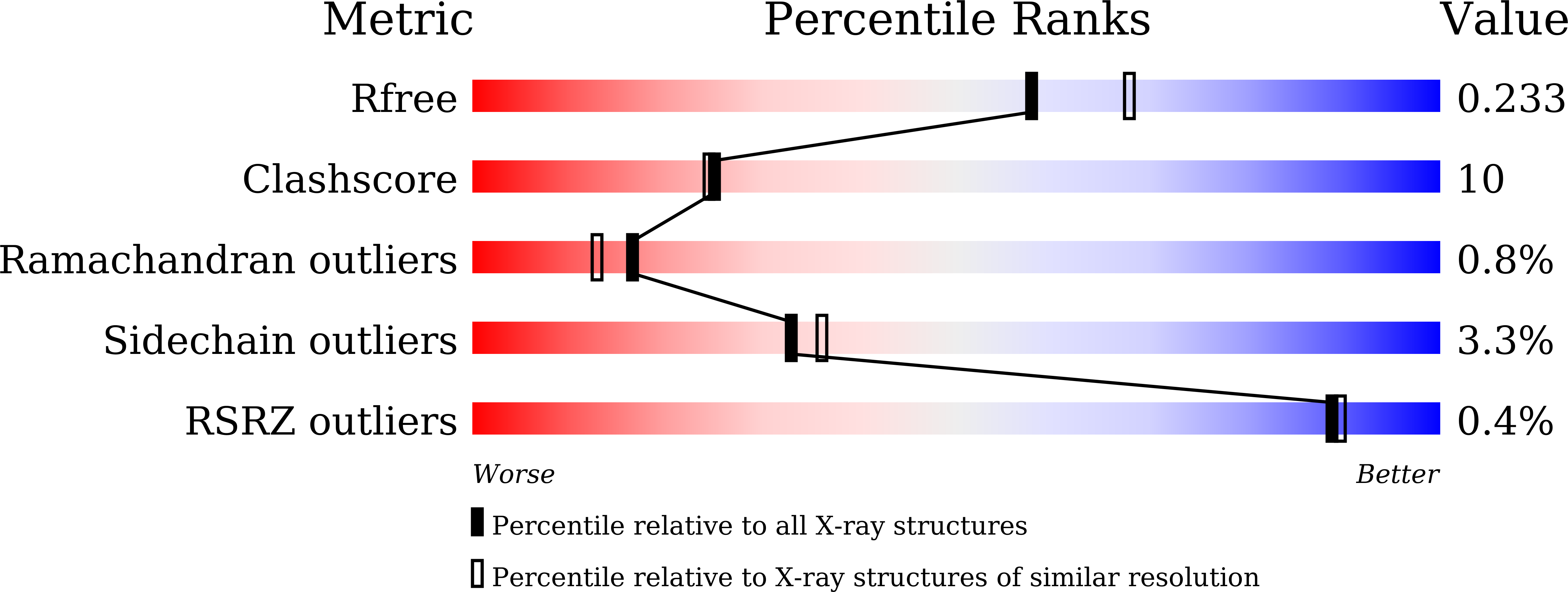
Deposition Date
2024-07-25
Release Date
2025-05-07
Last Version Date
2025-05-07
Entry Detail
PDB ID:
9IWL
Keywords:
Title:
X-ray structure of human PPARalpha ligand binding domain-intrinsic fatty acid (E. coli origin)-CBP coactivator peptide co-crystals obtained by cross-seeding
Biological Source:
Source Organism:
Homo sapiens (Taxon ID: 9606)
Host Organism:
Method Details:
Experimental Method:
Resolution:
2.09 Å
R-Value Free:
0.23
R-Value Work:
0.17
R-Value Observed:
0.18
Space Group:
P 1 21 1


